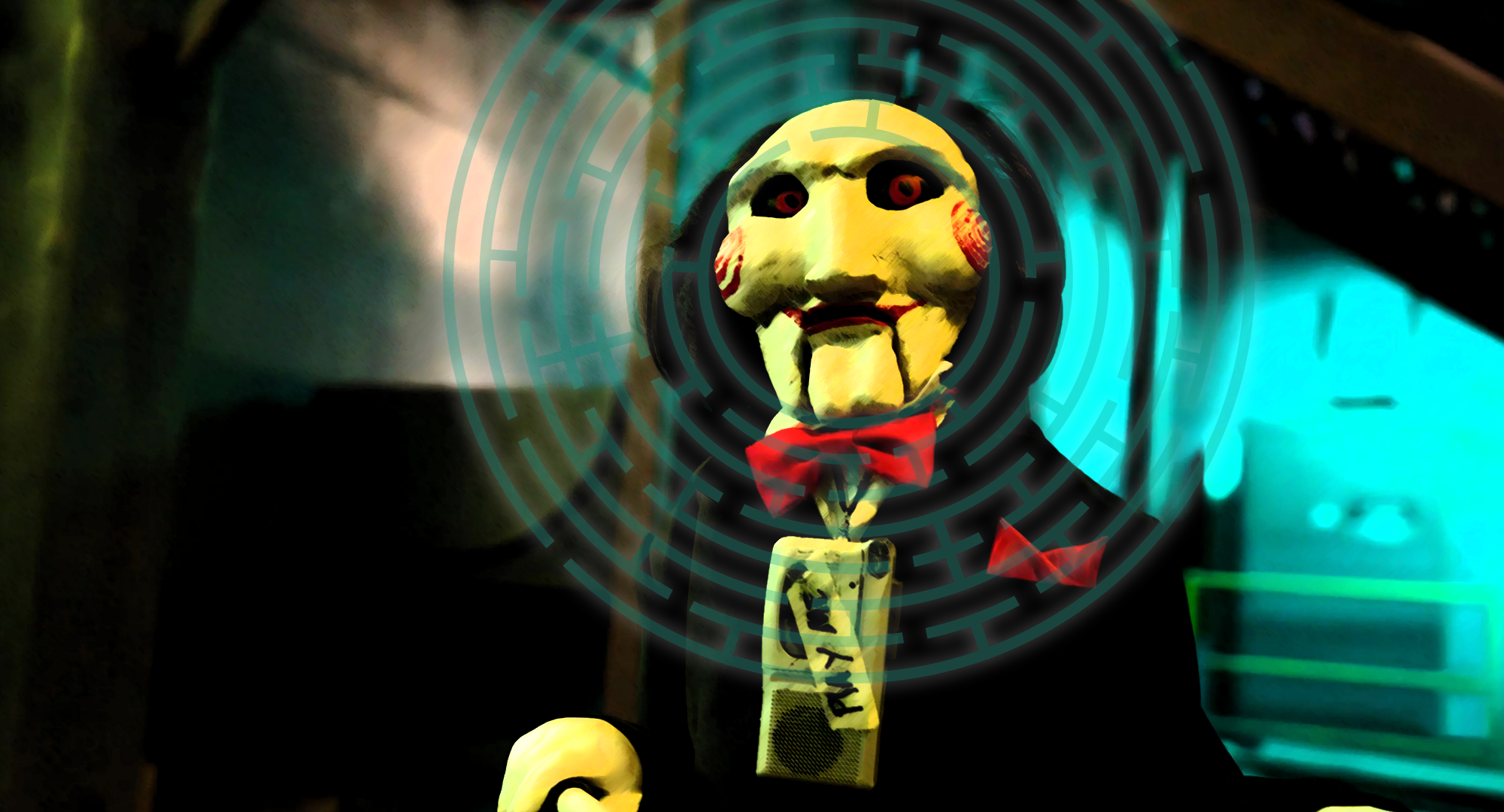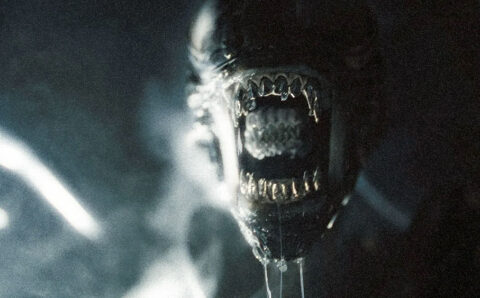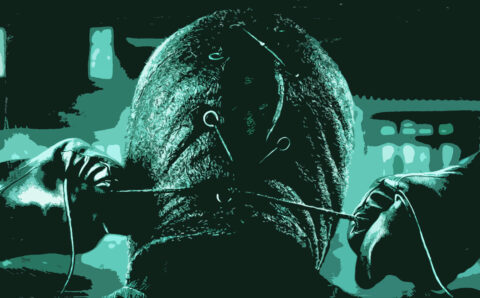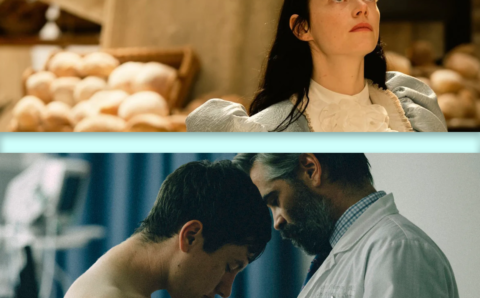
Saw X distills ethics down to a size suitable for the back of a cereal box, waiting for you at the end of a maze — a spiral, no doubt.
In a story set between Saw and Saw II, cancer-stricken engineer and mass murderer John Kramer (Tobin Bell) opens his toolbox once again. The premise: having earned a new outlook on life by being so close to death himself, he endeavors to give others the same awakening opportunity. Kramer watches from behind the figure of “Jigsaw” and narrates sadistic challenges for those he captures. It’s all for their personal betterment, he reasons.
Audiences may rest easy — those in his sights are dangerous, unthinking people who evidence Kramer’s judgments as they claw their ways through each other, often literally.
In X, after taking a trip to Mexico for an experimental cancer treatment, Kramer finds a set of new targets seemingly naughty enough to earn hot coals to the face. Former victim turned Jigsaw apprentice Amanda Young (Shawnee Smith) returns, eager to scoop up the spilled intestines just so she can be a part of Kramer’s supposed brilliance.
Bell is Zen in his role, his ninth appearance as Kramer. He enters every scene in power. The “games” his character constructs in X are creative and offer some of the year’s most satisfying winces — an accomplishment necessary for any Saw movie if we’re to believe that Bell’s cold confidence is also an inspired one.
Synnøve Macody Lund brings to life a new character in the exacting, brutal surgeon Dr. Pederson. Her supporting cast of medical techs each bring just enough dimension to their respective tropes to raise stakes.
The color profile and tone of the movie aligns with earlier installments’, red, beige, and rusted. The staging elevates beyond the USA-Network scores and trenchcoat detective stories that came to define the more recent, D-list Saw sequels. Artfully arranged, X has become a sure-footed horror hit, grossing over $100 million on a budget of just $13 million.
I want to play a game: can you guess what Lionsgate just green-lit? For a movie built around feeling unsafe, X and its soon-to-be sequel feel remarkably secure — which means the franchise may carry a different kind of danger as it cycles into the future, one that increasingly affects the immersion straight-shot horror like Saw relies on.
The first film was built on the calculus of self-carnage, but body horror repeated stiff makes for poor sequels. Instead, it’s characterization and reasoning that offer the necessary elasticity to extend narratives.
Kramer is a gruesome enough antihero to make Walter White cry, but his monologuing about morals has to be simplistic enough to justify murder and torture. He ends up sounding like an undergraduate philosophy major, and the strangers he slanders in his thin dissertation remain necessarily two-dimensional. Though some are more innocent than others, they all appear corrupt enough to make him look sympathetic.
One-off horror movies as gory as this franchise generally don’t have to pen dissertations in the gallons of splattered crimson, or — measured in ounces here — send the audience home with gift bags of bone marrow. No matter which characters emerge victorious, the filmmakers reason, they’ll look clean by comparison to the slosh itself, and the rationalizations self-justify.
If we take this broadcast to screens worldwide cynically, then Saw X in all of its armchair moralizing poses the kind of danger that excuses weekend sociopaths for their transgressive outbursts, like idiots in 2008 quoting Heath Ledger while they licked their lips and spilled your beer on purpose. In a more monocultural era, Saw X could have the same effect.
But if we accept the movie generously — and there are plenty of well-made, blanket-tugging reasons to — then we have to applaud that last scene where a good wins and an evil loses.
If only life were so unambiguously simple; Jigsaw would become Attorney General and the clouds would part. Instead we have messy, nuanced causes and effects to sift through — and no, there is no bone saw sharp enough to do it for us, no matter how many sequels insist otherwise. That’s a reality that leaves even this most textured of horror movies with an unwelcome, undermining itch.
Ryan Derenberger is a freelance journalist and editor, a Journalism and AP Language teacher at Whitman HS in Bethesda, MD, and the founder of 'The Idea Sift.' He also serves on the board of directors for student journalism nonprofit 'Kidizenship.'














